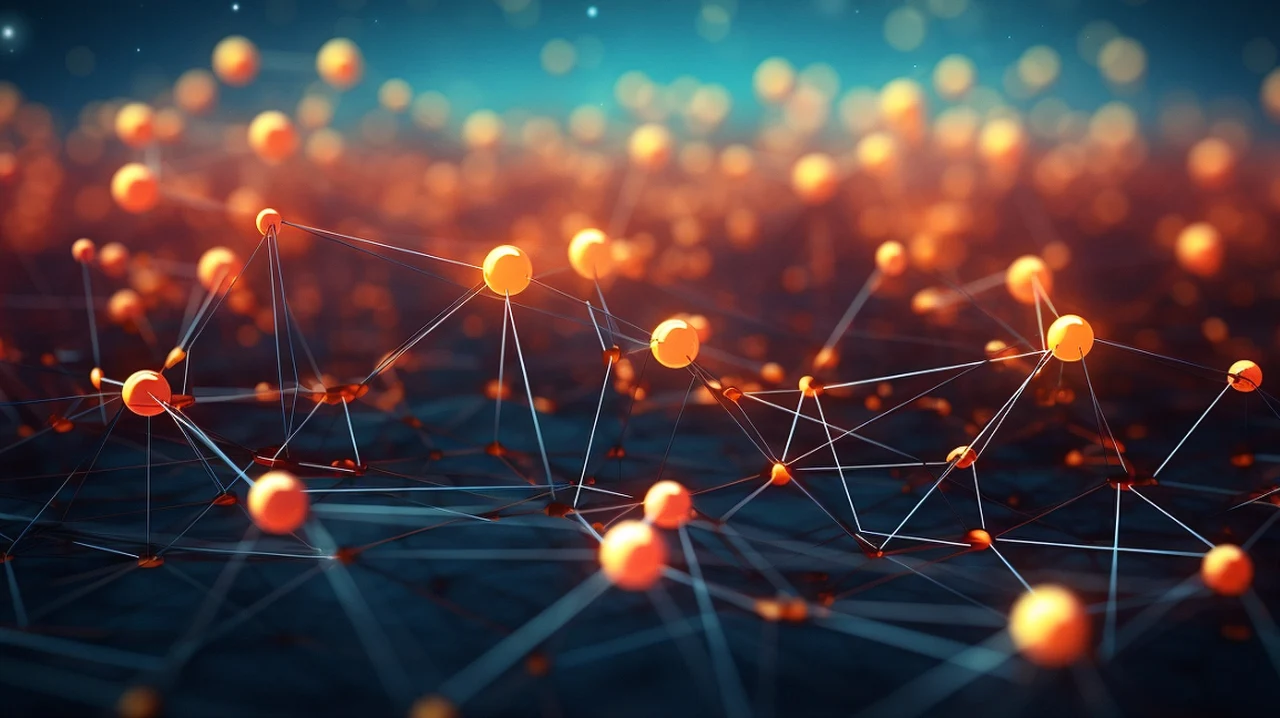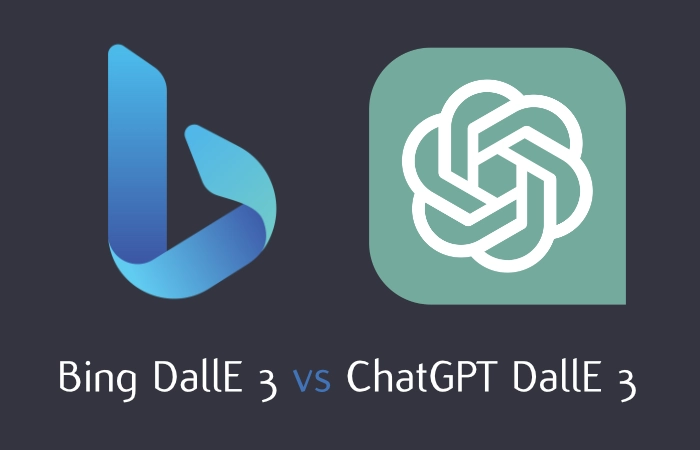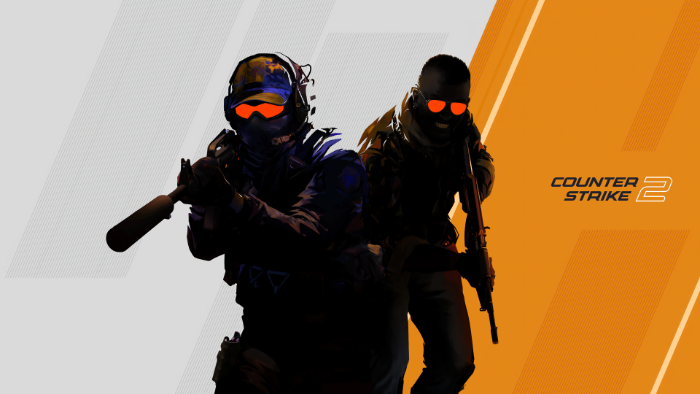
If you are considering careers in Data Analytics or perhaps Data Science and like to know little more about each. You may be interested in this guide which provides more insight into the differences between Data Analytics vs Data Science. Data science is a broad field that includes a variety of tasks and skills. It primarily involves identifying patterns in large datasets, training machine learning models, and deploying AI applications. The process usually begins with defining a problem or question, which guides the subsequent stages of data analysis and interpretation.
After defining the problem or question, the next step is data mining, which involves extracting relevant data from large datasets. However, raw data often contains redundancies and errors. This is where data cleaning comes in, correcting these errors to ensure the data is accurate and reliable, providing a solid base for further data analysis.
After cleaning the data, the next step is data exploration analysis. This involves understanding the data’s structure and identifying any patterns or trends. Feature engineering, a related process, involves extracting specific details from the data using domain knowledge. This can highlight important information and make the data easier to understand, facilitating more effective analysis.
Data Analytics vs Data Science
Other articles you may find of interest on the subject of Machine Learning :
Here is a bullet-pointed summary highlighting the key differences between data analytics and data science for quick reference:
- Scope of Work:
- Data Analytics: Focuses on processing and performing statistical analysis on existing datasets.
- Data Science: Encompasses a broader scope that includes constructing algorithms and predictive models, and working on new ways of capturing and analyzing data.
- Objective:
- Data Analytics: Aims to answer specific questions by interpreting large datasets.
- Data Science: Seeks to create and refine algorithms for data analysis and predictive modeling.
- Tools and Techniques:
- Data Analytics: Utilizes tools like SQL and BI tools; techniques include descriptive analytics, and diagnostic analytics.
- Data Science: Uses advanced computing technologies like machine learning, AI, and deep learning; requires knowledge of Python, R, and big data platforms.
- Complexity of Tasks:
- Data Analytics: Typically deals with less complex tasks, more focused on visualization and insights from existing data.
- Data Science: Deals with complex algorithm development and advanced statistical methods that can predict future events from data.
- Outcome:
- Data Analytics: Produces actionable insights for immediate business decisions.
- Data Science: Develops deeper insights and predictive models that can be used to forecast future trends.
- Required Skill Set:
- Data Analytics: Strong statistical analysis and the ability to query and process data; more focused on data manipulation and visualization.
- Data Science: Requires skills in coding, machine learning, and often a deeper understanding of mathematics and statistics.
Machine learning
Once the data has been explored and the features engineered, the next stage is predictive modeling. This involves using the data to predict future outcomes and behaviors. The results are often displayed visually through data visualization, using graphical tools to make the information easier to understand, enhancing overall data comprehension.
Machine learning and AI are crucial components of data science. Machine learning involves developing algorithms to learn from and make predictions based on data. AI involves creating systems that can perform tasks that usually require human intelligence, such as recognizing patterns in data and making complex decisions based on that data, improving the overall effectiveness of data analysis.
Programming skills
Coding is a fundamental skill for data scientists, who need to write instructions for computers to execute tasks. Python and R are two of the most commonly used languages in data science. Alongside coding, data scientists also need to be familiar with big data platforms like Hadoop and Apache Spark, which are used for storing, processing, and analyzing large datasets, facilitating a more efficient and effective data analysis process.
Database knowledge and SQL are also important skills for data scientists. They need to be able to store, retrieve, and manipulate data in a database. SQL, or Structured Query Language, is a programming language used for managing and manipulating databases, forming a crucial part of the data analysis process.
While data science is a broad field, data analytics is a more focused area. It involves querying, interpreting, and visualizing datasets. Data analysts use techniques like predictive analytics, prescriptive analytics, diagnostic analytics, and descriptive analytics to understand a dataset, identify trends, correlations, and causation, predict likely outcomes, make decision recommendations, and identify why an event occurred.
Data analysts also need strong programming skills and familiarity with databases. They need to write, test, and maintain the source code of computer programs. They also need a strong understanding of statistical analysis, which involves collecting, analyzing, interpreting, presenting, and organizing data.
While Data Analytics vs Data Sciences are distinct fields, they are closely related and often overlap. Both involve working with large datasets and require a strong understanding of coding, databases, and statistical analysis. However, data science has a broader scope and can involve complex machine learning algorithms, while data analysis is more focused on answering specific questions with data. Regardless of the specific field, both data scientists and data analysts play a crucial role in helping organizations make data-driven decisions, improving the overall effectiveness and efficiency of these organizations.
Filed Under: Guides, Top News
Latest timeswonderful Deals
Disclosure: Some of our articles include affiliate links. If you buy something through one of these links, timeswonderful may earn an affiliate commission. Learn about our Disclosure Policy.







